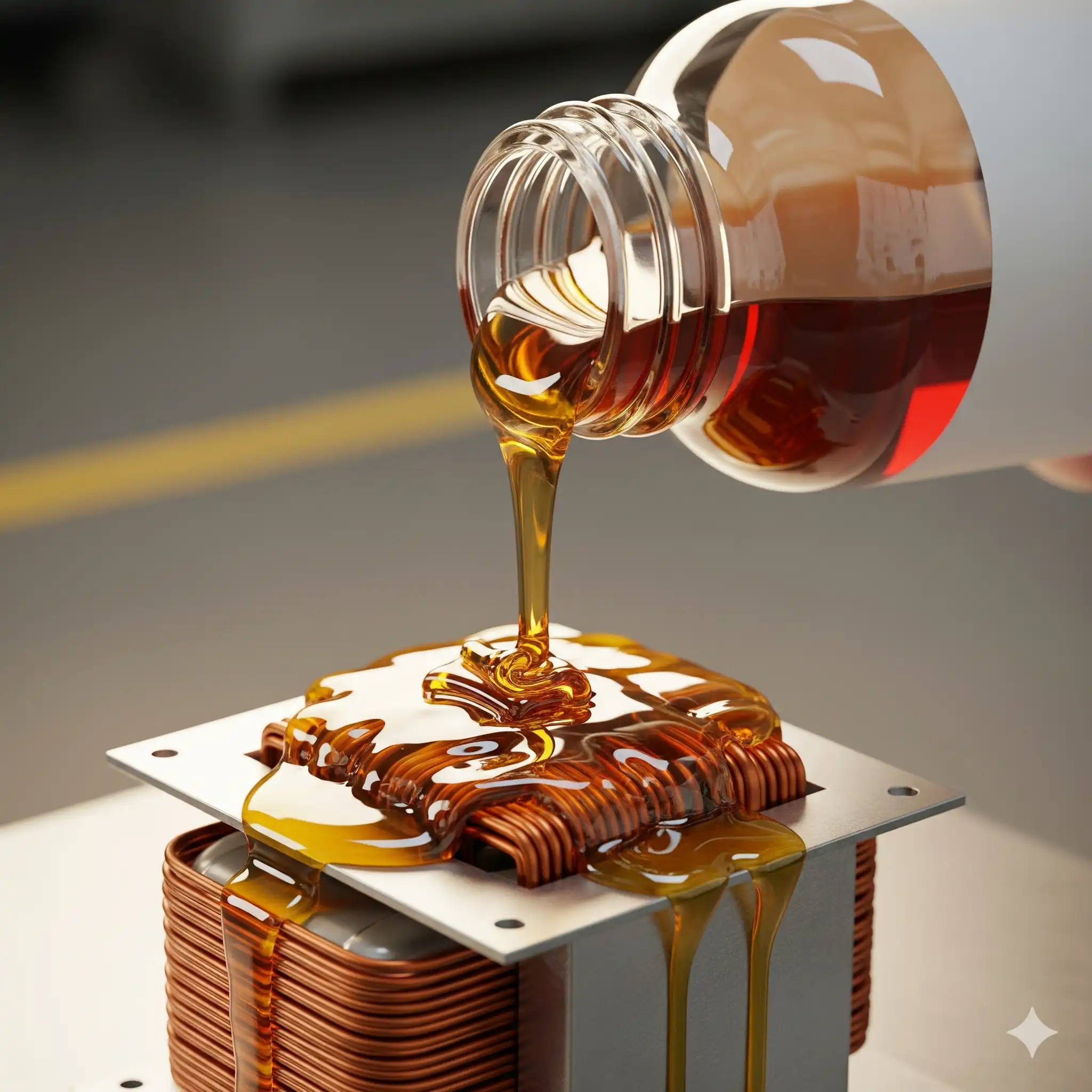Air Drying Varnish in Transformers
Varnish is an important product applied in transformer manufacturing and restoration since it also serves as a good insulating and protective material. In the harsh transformer environment, where heat and electrical stress are ever present, an appropriate varnish must be used to provide durability and assured performance. The main purpose of a transformer varnish is to fill up the windings, coils, and other material, clogging any gaps or cavities.
The process, or impregnation, performs several important functions. In the first place, by reporting the researcher's findings, it very much enhances the electrical insulation of the transformer to a degree that prevents short circuiting and electrical breakdown. The varnish produces a very good and durable coating that has high dielectric-strength in order to resist the flow of electricity – separating the individual conductors from one-another and protecting the electrical system as a unit.

Secondly, varnish offers superior mechanical support. The impregnation process keeps the windings stable, and they cannot shift or vibrate during operation. This is important since vibrations due to magnetic stresses in a transformer can cause insulation degradation and early failure. The hardened varnish creates a hard monolithic mass that will take up these mechanical stresses, leading to less noise and longer-lived transformers. Weather resistance is also provided by varnish. It protects against moisture, which can degrade insulation and lead to corrosion, and it keeps parts away from dirt, dust, and other foreign trash. These varnishes are designed to be more heat-resistant and are normally graded based on the level of heat generated in service to which they can be subjected without deterioration. Application is a careful process, more commonly vacuum-pressure impregnation (VPI), and is a process that ensures deep penetration and perfect finish, optimizing the efficiency and life of the transformer.

